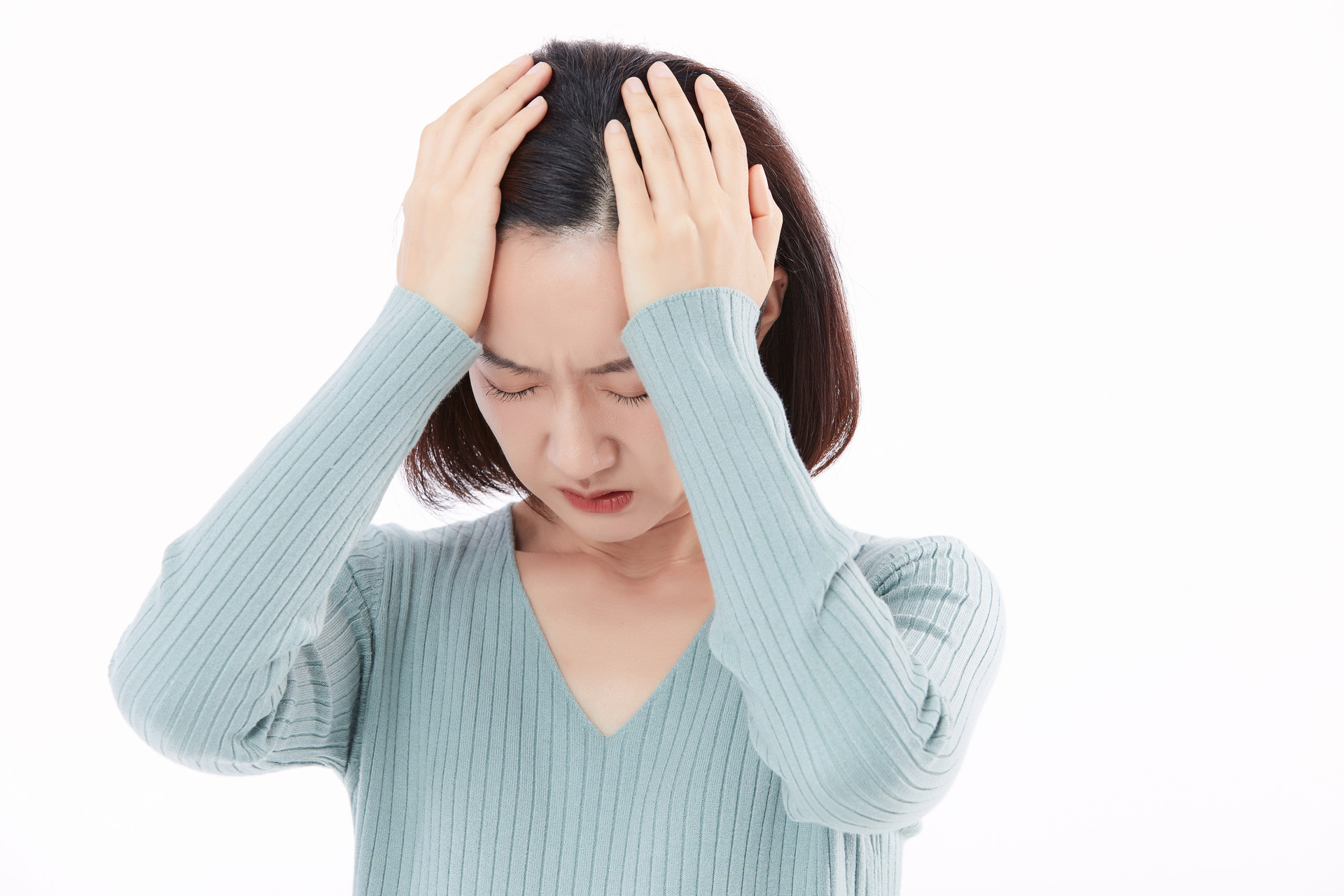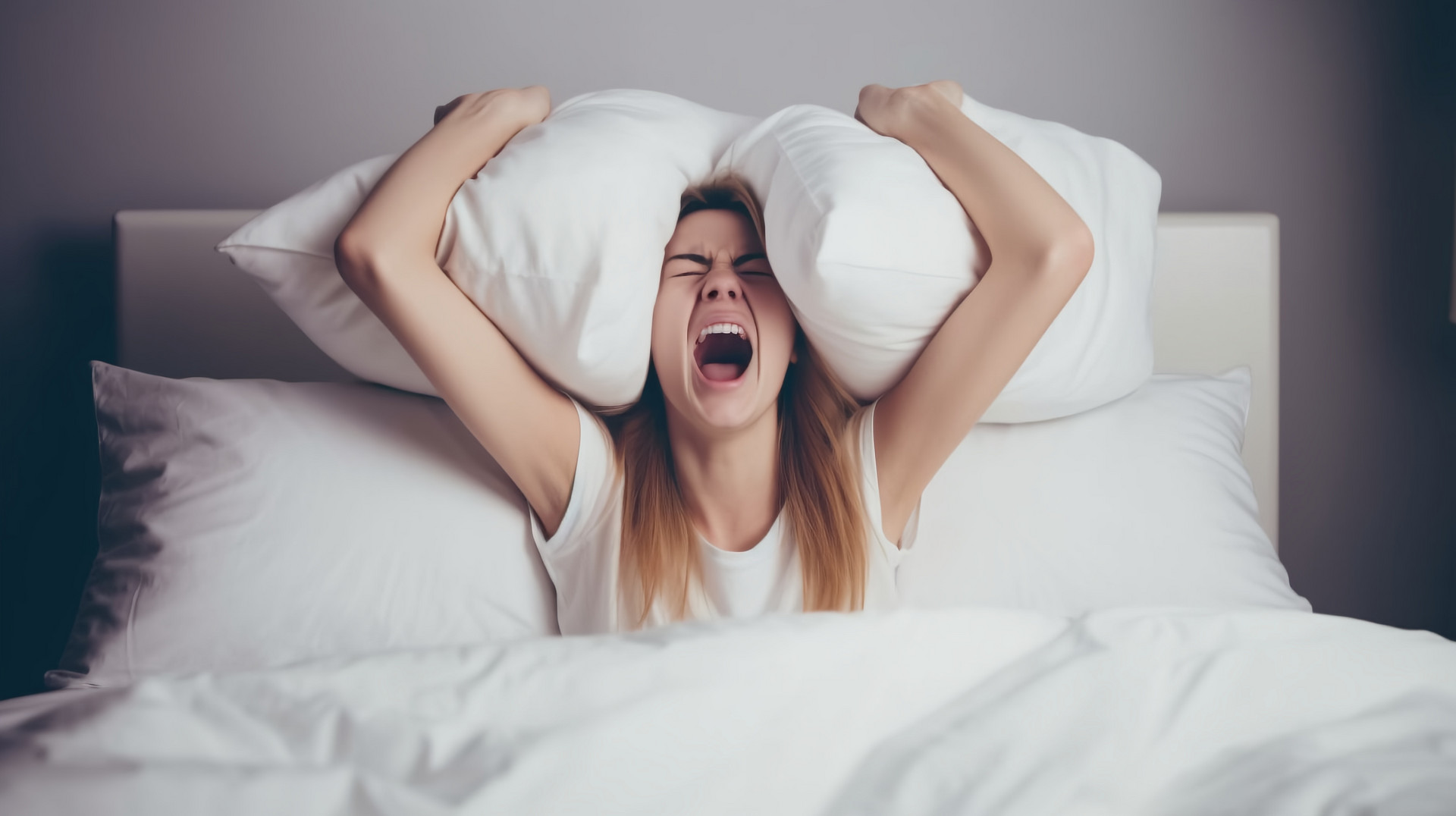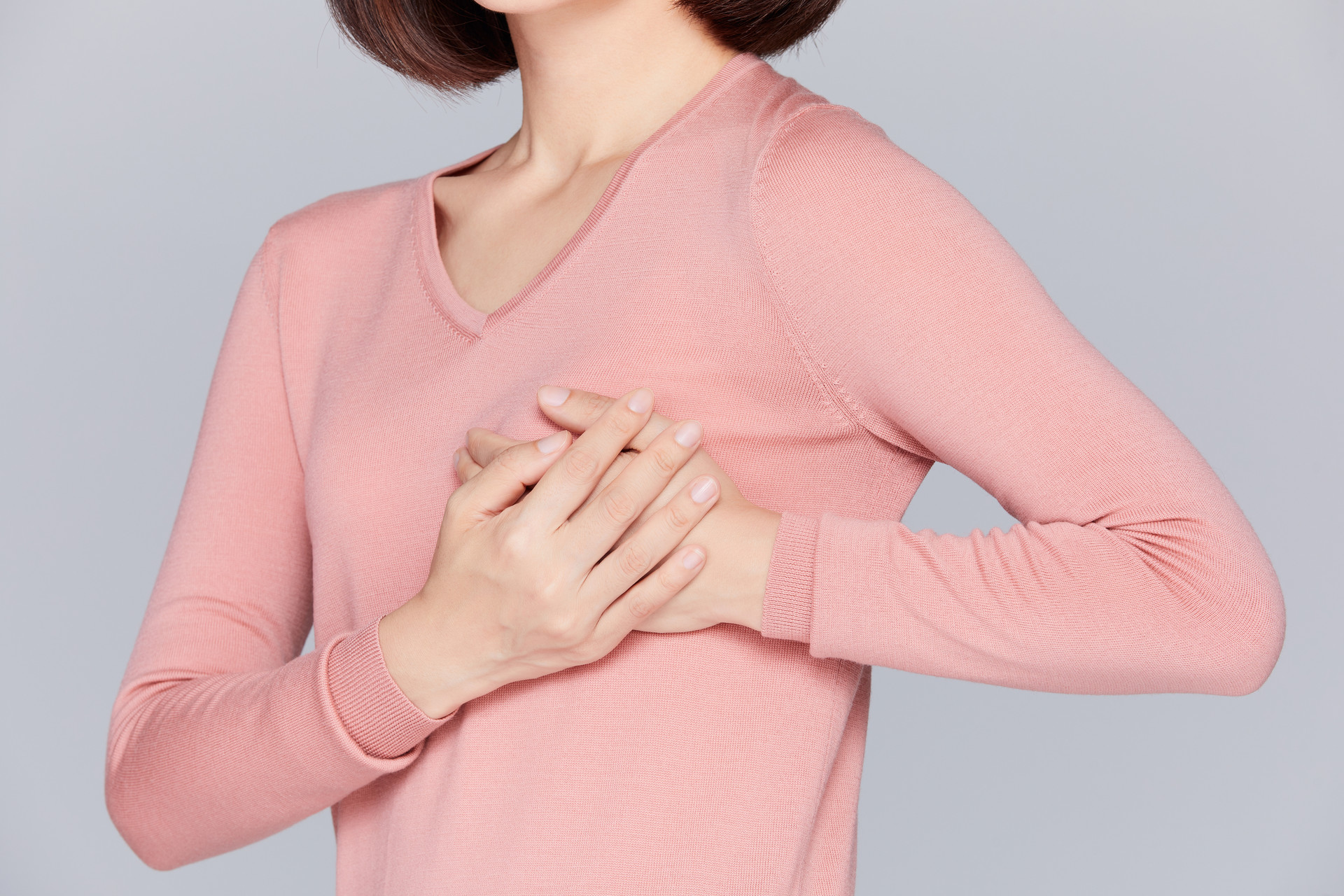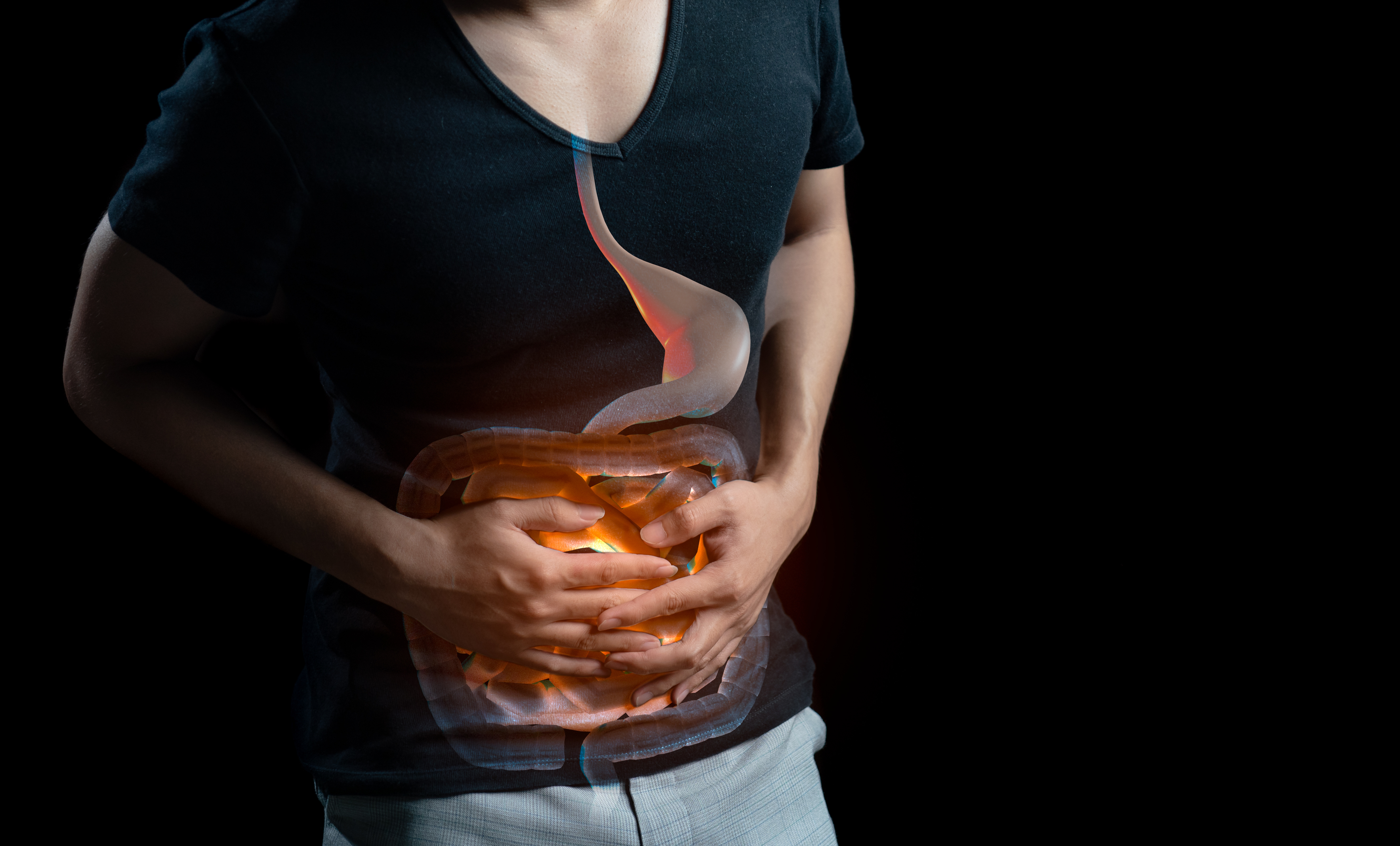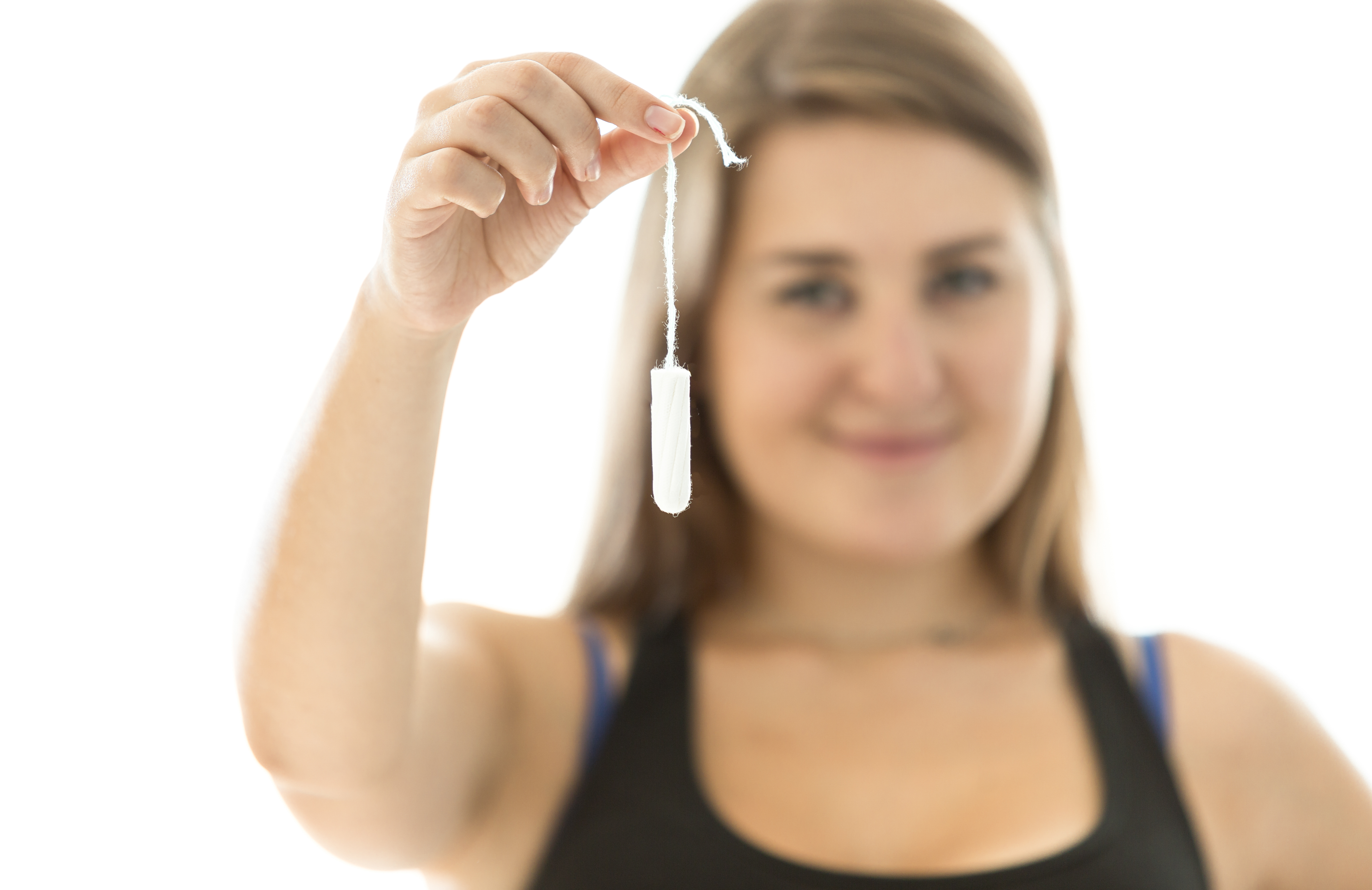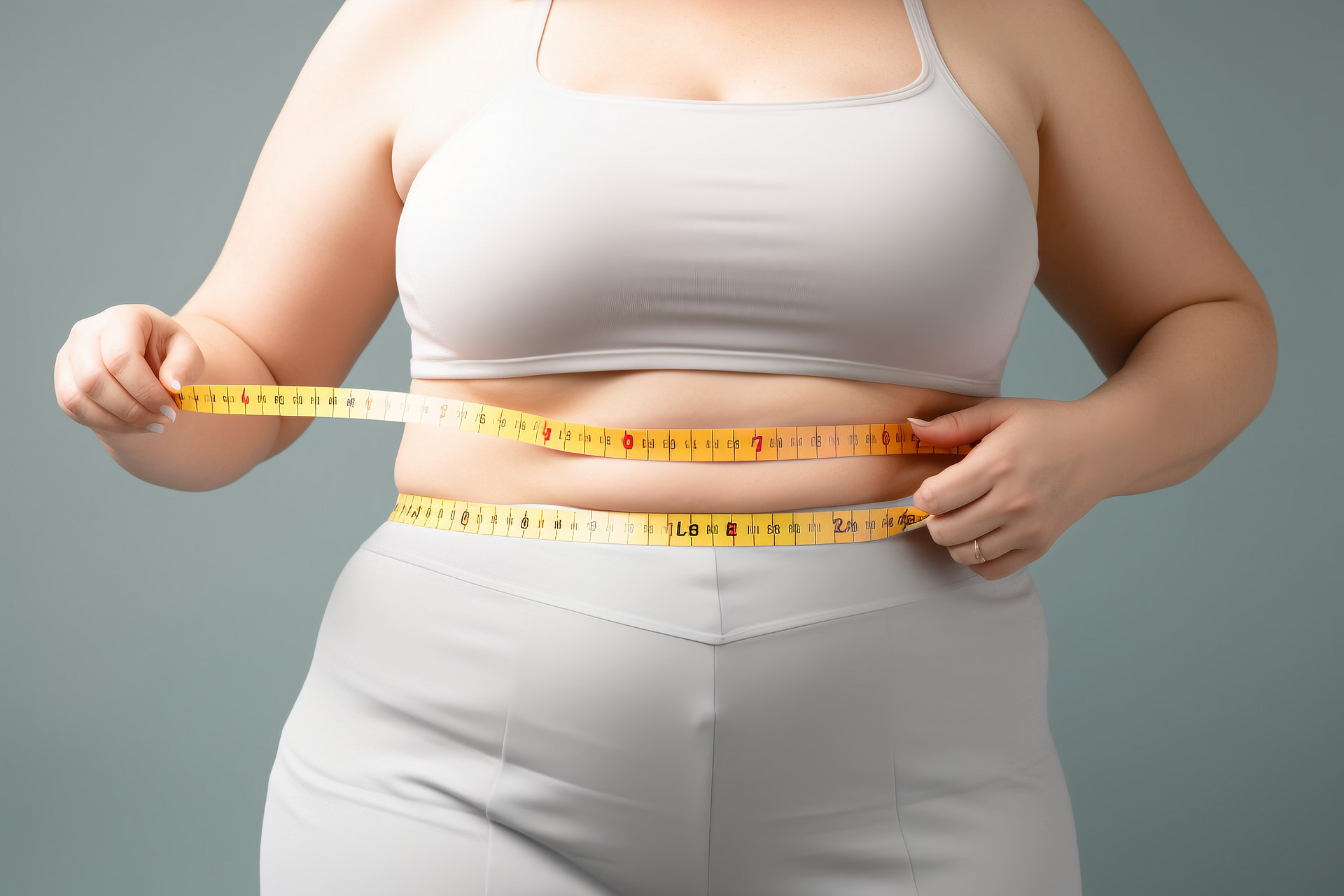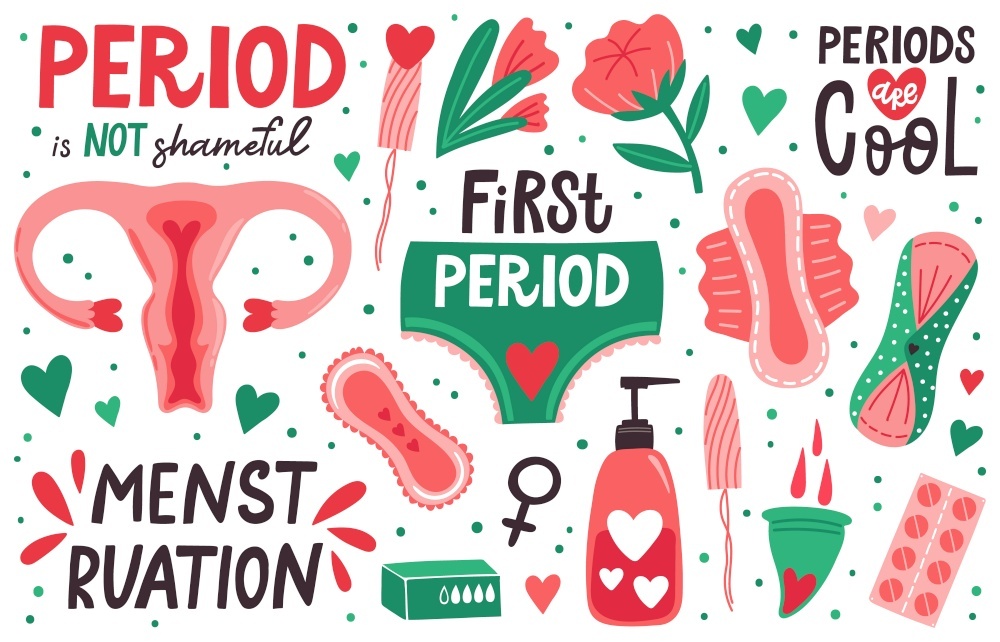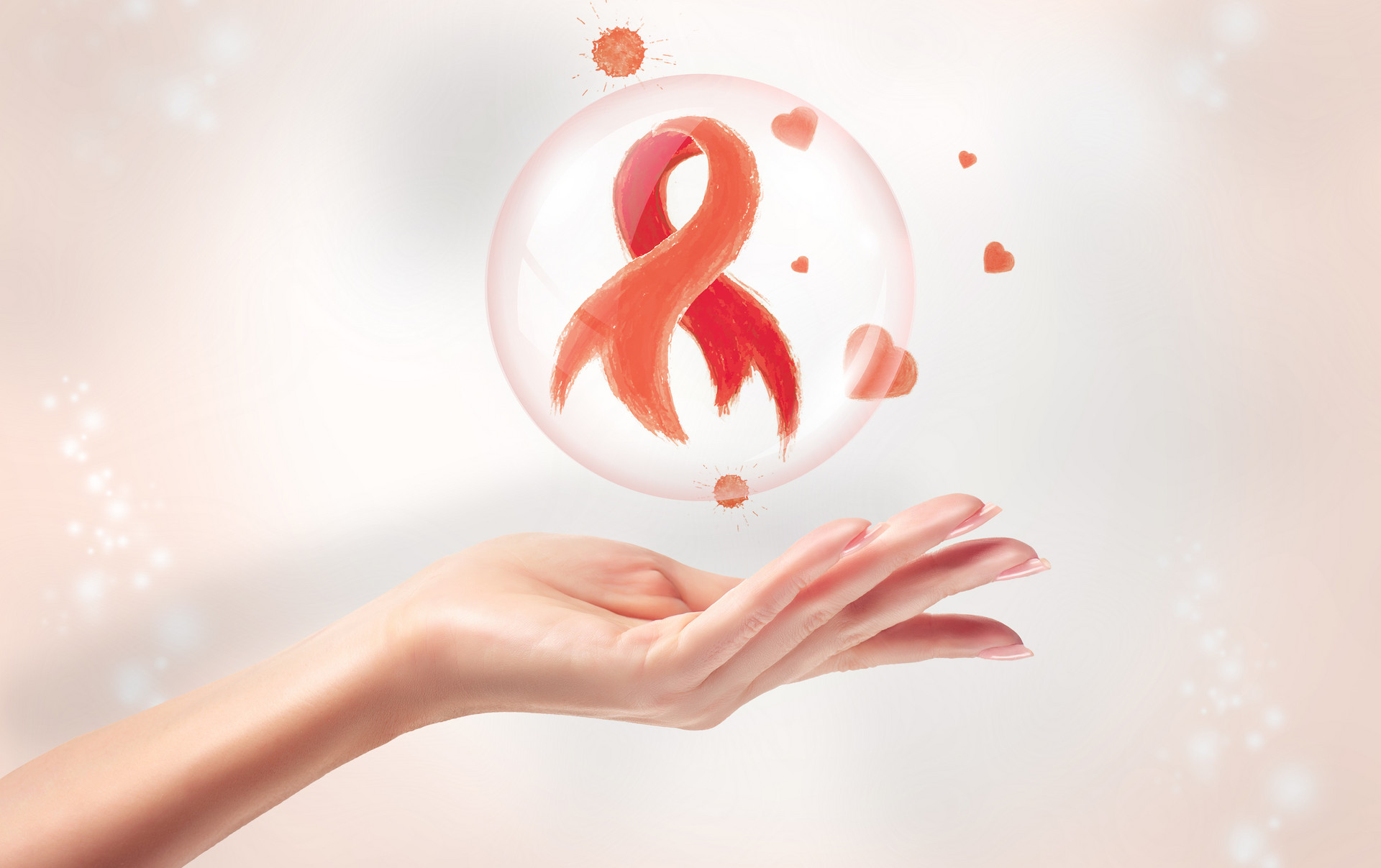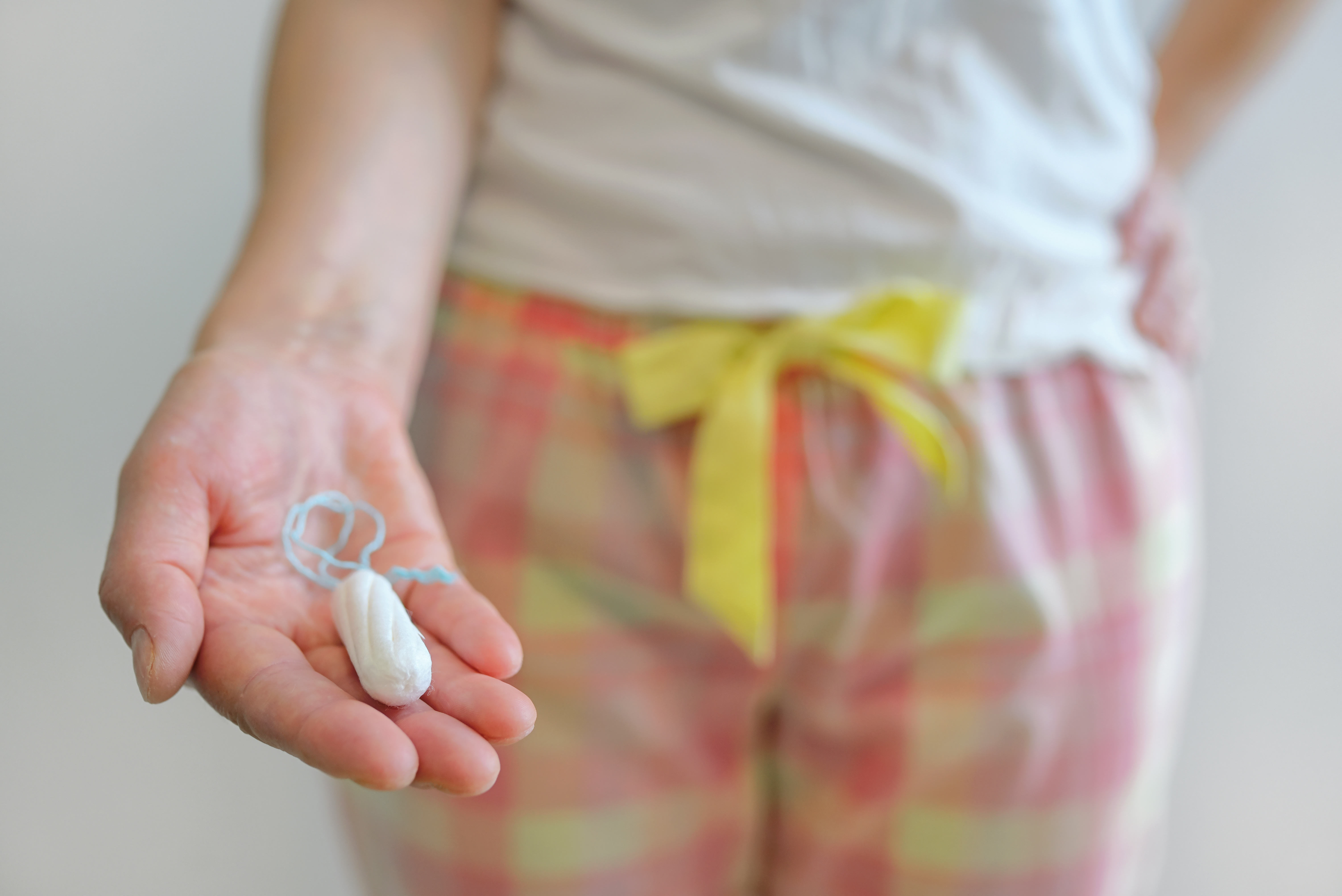Breast hyperplasia is a common breast disease in women. How to determine breast hyperplasia and what are the treatment methods? Let's find out together!
Breast Hyperplasia
Breast hyperplasia is the most common condition found in breast examinations in women. It is not a disease, but a benign glandular change.
Breast hyperplasia is usually accompanied by cyclic breast pain that occurs regularly with the menstrual cycle, and the symptoms tend to improve after menstruation.
Therefore, there is no need to be overly concerned when encountering breast hyperplasia. Ordinary breast hyperplasia is not directly related to breast cancer, and the risk of developing cancer is not increased.
Also, do not believe in the claims of beauty salons that massage can treat breast hyperplasia. Improper massage techniques may cause pain but do not provide any benefits.
Treatment Methods for Breast Hyperplasia
1. Diet
Avoid eating spicy and fried foods. Also, limit consumption of sweets, as they are not conducive to the recovery of breast diseases.
Do not eat hormone-containing foods during treatment, as it can worsen the condition of breast hyperplasia.
Include foods rich in iodine in your diet, such as kelp, seaweed, and fresh mackerel. These foods can lower estrogen levels and alleviate the symptoms of breast hyperplasia.
2. Acupressure Massage
I want to introduce a good acupoint for preventing and regulating breast diseases, which is the original point of the Taichong point on the foot Shaoyin Liver Meridian. This acupoint is located in the depression between the first and second metatarsal bones on the sole of the foot.
Regularly pressing and massaging this acupoint can promote liver qi circulation, thereby preventing breast diseases.
What to Eat for Breast Hyperplasia Patients
1. Papaya
For patients with breast hyperplasia, papaya contains papain, which has a therapeutic effect on lactation. Papaya is also rich in carotene and vitamin C, which have powerful antioxidant abilities, enhance immune function, and help the body resist disease invasion.
2. Luffa
According to traditional Chinese medicine, luffa has a cool nature and a sweet taste. It enters the lung, stomach, and liver meridians and has the effects of clearing heat, cooling blood, detoxifying, promoting bowel movements, dispelling wind, resolving phlegm, promoting blood circulation, beautifying the skin, and regulating irregular menstrual cycles. It is suitable for symptoms such as chest and rib pain and blocked milk ducts, making it very suitable for patients with breast hyperplasia as it can reduce swelling and disperse nodules.
3. Kelp
Kelp, also known as "Jiangbai Cai," is a common seaweed with abundant nutrients, including potassium, iodine, iron, calcium, mannitol, and carotene. It is known as the "king of alkaline foods."
Research has shown that kelp contains a large amount of iodine, ranging from 300-700 milligrams per 100 grams of kelp. Iodine can stimulate the anterior pituitary to secrete luteinizing hormone, which promotes the luteinization of ovarian follicles and lowers estrogen levels in the body.
Therefore, women who consume kelp can effectively prevent and treat breast hyperplasia.


